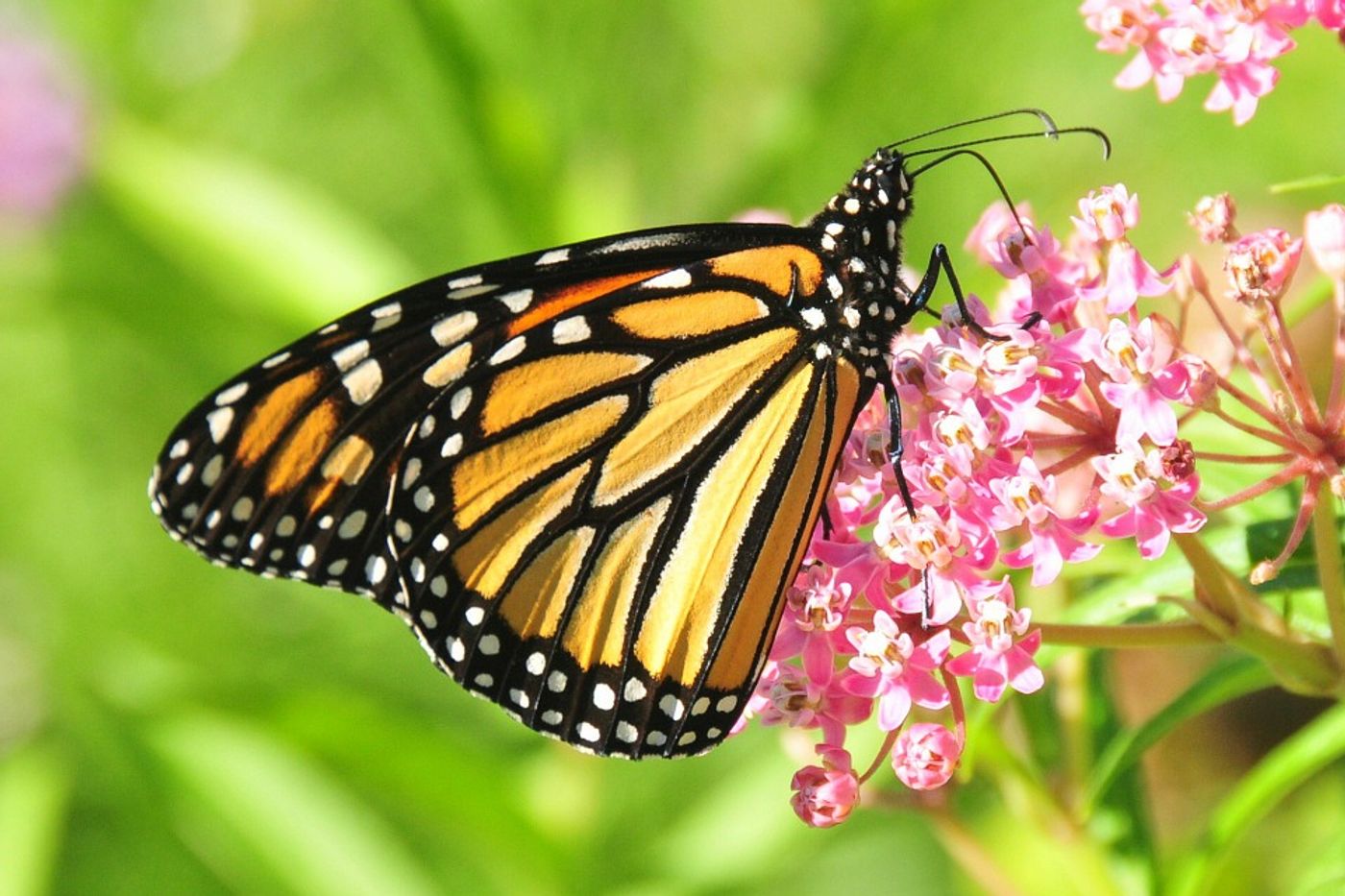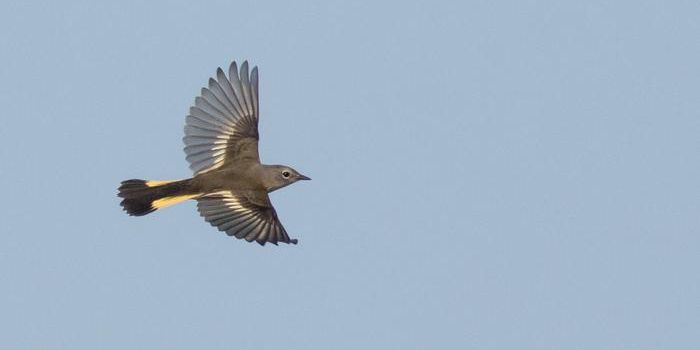Are monarch butterflies stressed out?
Perhaps in your life you have participated in a project involving monarch butterflies. I can still remember being surprised as a first grader when a beautiful winged insect emerged from its chrysalis with wet wings; watching as it waited for its wings to dry kept me and my entire class in awe. Needless to say, humans have a special connection with these particular insects, which results in us handling them very frequently. But despite the educational benefits and important ongoing research, is so much handling actually beneficial for the creatures themselves?
University of Georgia ecologist Andy Davis thinks it’s not. In a recent study published in the Journal of the Lepidopterists Society, Davis describes the results from a series of experiments that he conducted to determine how handling monarchs influences their stress levels.
"Most people don't realize that insects get stressed in much the same way as vertebrates do," said Davis, an assistant research scientist in the Odum School of Ecology. "People handle monarchs for all of these activities, but if you imagine yourself in their place, what would it be like for us if a 50-foot-tall robot picked us up and passed us around? From the monarch's perspective, maybe for them, this is akin to being attacked by a predator."
Because monarchs are handled throughout their various life stages (be it during their early larval and pupal stages, as with my first-grade experience, or during their adulthood when many are caught and tagged to track their fall migration), Davis investigated stress levels of insects in each life stage (larval, pupal, adult). He did so by recording changes in heart rates of individual insects after handling. An elevated heart rate is a sign of stress related to the fight-or-flight response.
People handle monarch butterflies. A lot. Every year thousands of monarch butterflies are caught, tagged and released during their fall migration by citizen scientists helping to track their movements. And thousands of caterpillars are reared by hand or used in classroom demonstrations and outreach events.
From his experiments, Davis determined that being handled is stressful to monarchs only in their early life. As reported by Science Daily, “Caterpillars experienced an approximately 20% increase above their baseline heart rate, and pupal heart rates shot from zero to 88 beats per minute -- which is almost three times higher than the typical active beating rate for pupae.”
Davis did not observe similar changes in heart rate in the adult monarchs he observed. "It kind of makes sense that adult monarchs would be fairly stress-tolerant," he said. "The migration itself is fraught with dangers and perils along the way, and for a monarch to be able to accomplish that, it has to be able to deal with a wide variety of natural stressors."
The conclusions that Davis draws from his work is noteworthy. "These results don't mean people should stop important activities like research and outreach," he comments. "But the results should at least make us more cognizant about how the monarch is feeling about being handled. In other words, we shouldn't kid ourselves by thinking the monarchs are OK with it."
Sources: Journal of the Lepidopterists Society, Science Daily









